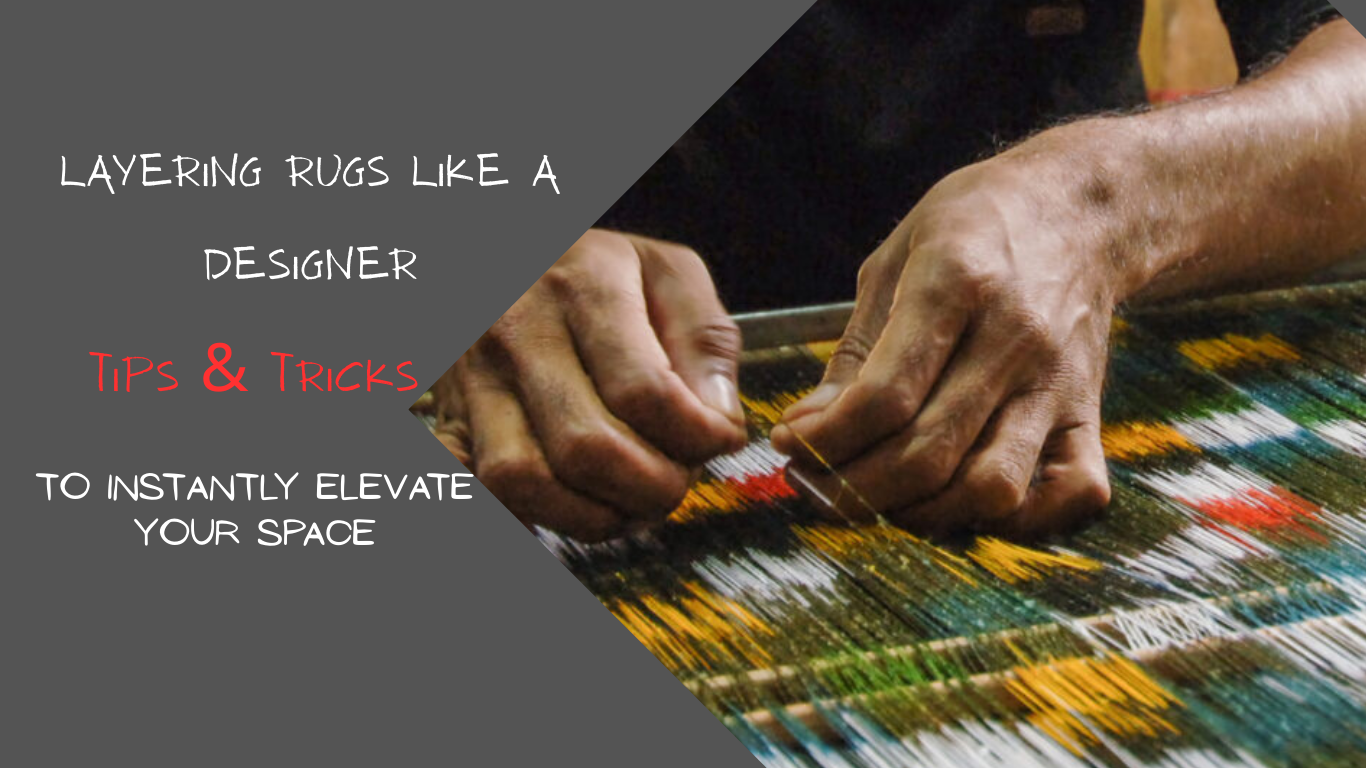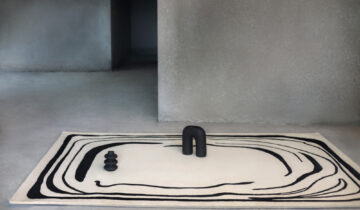Let’s talk rugs — not just any rugs, but the art of layering them. It’s 2025, and one of the hottest interior design trends still making waves is rug layering. What was once a stylist’s secret has now become a go-to move for design lovers who want to add texture, warmth, and personality to any room.
Whether you’re into cozy minimalism, boho vibes, or refined luxury, layering rugs can make your space look intentionally styled, not just decorated. And the best part? It’s a design trick that works with nearly every budget and room size.
Why Layer Rugs at All?
Layering isn’t just about aesthetics. Here’s what it actually does:
- Adds texture and depth to a flat room
- Defines spaces in open layouts (especially helpful in lofts or studio apartments)
- Boosts comfort with softness underfoot
- Highlights statement pieces like a coffee table or unique armchair
- Allows you to experiment with bold colors or prints in small doses
Let’s break down how to do it like a pro.
1. Start With a Neutral Base
The foundation matters. Think large, flat-woven rugs like jute, sisal, or a neutral wool rug. These materials are durable, affordable, and versatile. This base rug should be larger than your top rug and act as your canvas.
Pro Tip:
Choose something in beige, grey, or natural fibers. Avoid strong patterns here—you want the top rug to do the talking.
2. Go Bold or Textured on Top
Now it’s time to show your personality. Think Moroccan Beni Ourain, vintage Turkish, overdyed Persian, or even faux cowhide. This is where you can play with:
- Pops of color
- Unique patterns
- Unexpected shapes (oval or irregular cut rugs add intrigue)
Make sure it’s smaller than the base rug but still large enough to anchor your furniture.
3. Play with Contrast
Contrast is your best friend. Mix:
- Flat with fluffy (a low-pile base and a shaggy top rug)
- Matte with sheen (a natural fiber base and a silk-blend rug on top)
- Modern with vintage (like a clean-lined jute base with a worn-looking Persian on top)
This mix-and-match creates a curated, lived-in look instead of something too “catalog.”
4. Experiment with Angles & Placement
Layered rugs don’t always have to sit perfectly aligned. Try:
- Angling the top rug diagonally
- Letting it peek out just under your coffee table
- Off-centering it to highlight a specific piece of furniture
It’s all about that “effortlessly cool” designer vibe.
5. Think Beyond the Living Room
Layered rugs aren’t just for the lounge. Try them:
- Under the bed: Use a large neutral rug underneath and a bold runner at the foot of the bed.
- In the entryway: Double rugs can make your entrance look intentionally stylish.
- In the dining room: Layering under a round table with a large rectangular base rug gives unexpected dimension.
6. Keep Scale & Proportion in Mind
One of the biggest mistakes people make is using rugs that are too small. Your base rug should ideally extend 6–12 inches beyond the edges of the furniture it’s anchoring. The top rug should still cover a substantial portion of the base—this isn’t about hiding the bottom rug but complementing it.
7. Style With Purpose
Yes, it’s trendy. But make it yours. Consider:
- A vintage rug from your travels
- A handmade textile you turned into a custom rug
- Seasonal rug swaps (light kilims in summer, wool in winter)
Layering allows flexibility to adapt your style without committing to just one big rug all year round.
Where to Shop the Look
At MAIIA, we offer a handpicked collection of both foundational and statement rugs designed to be layered. Whether you’re starting with neutrals or looking for a standout piece, we can help you build a space that reflects your unique style.




 No products in the cart.
No products in the cart.